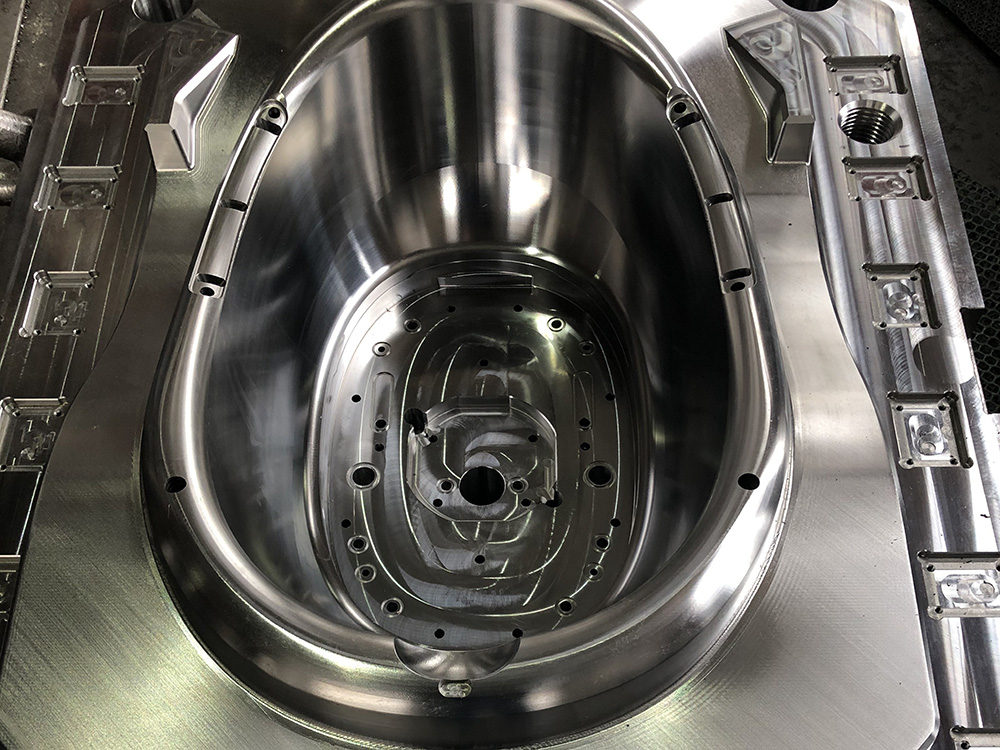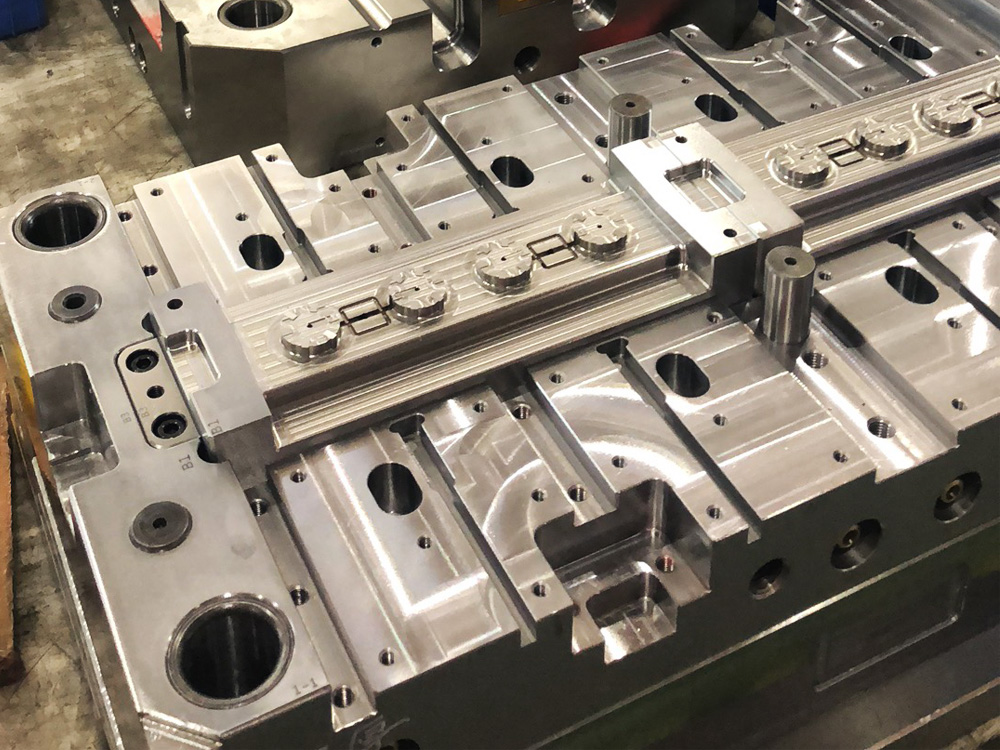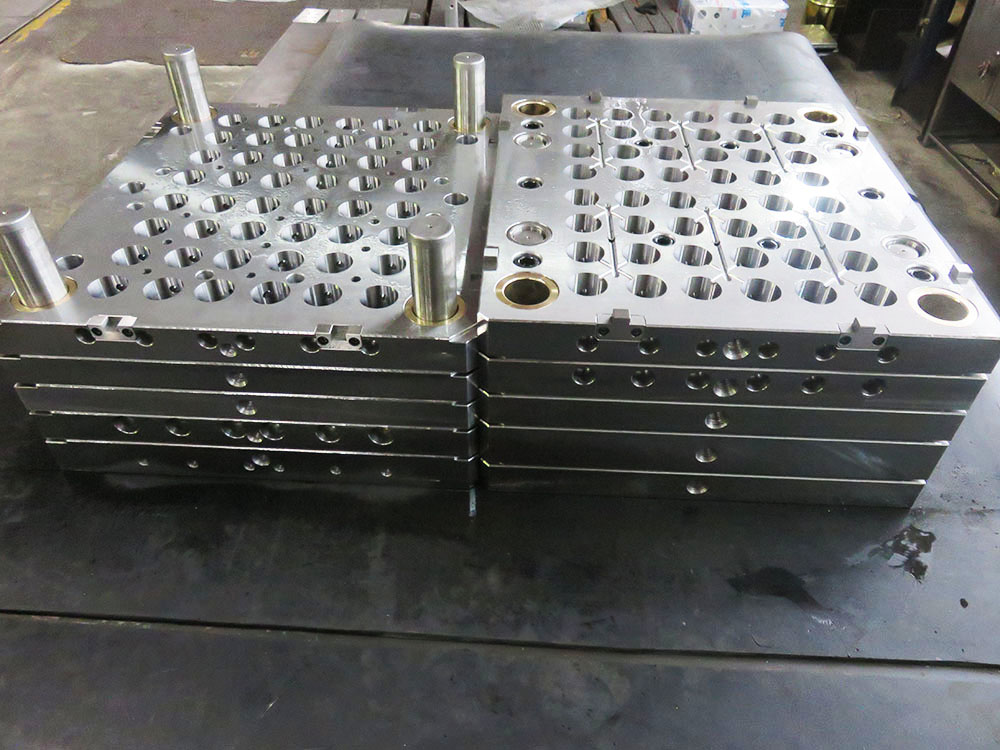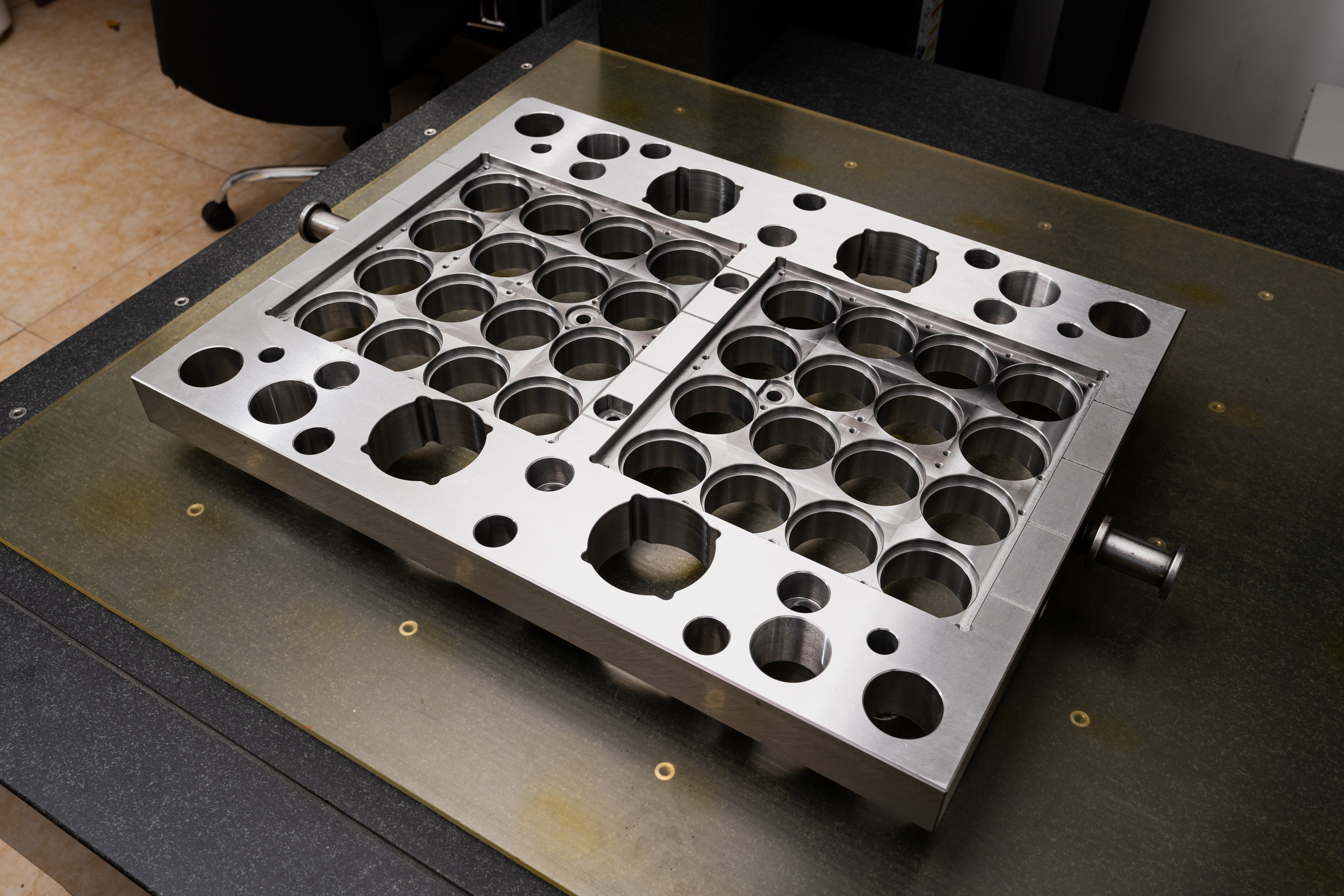How to Measure the Verticality of a Support Bracket
Support brackets play a crucial role in the mold base industry, providing stability and ensuring proper alignment of components. One essential parameter to consider when working with support brackets is their verticality. In this article, we will discuss the importance of measuring verticality and provide a step-by-step guide on how to accurately measure the verticality of a support bracket.
Why Measure Verticality?
Accurate measurement of verticality is essential to ensure the proper functioning and alignment of support brackets within a mold base. The verticality of a support bracket affects the overall stability and alignment of the entire structure. Any deviation from the vertical plane can lead to misalignment, uneven loading, and compromised mold quality.
By measuring the verticality of support brackets, manufacturers can validate their precision and make necessary adjustments to ensure optimal performance. Precise verticality measurements enable better mold base assembly, reducing the risk of defects, and improving the overall quality of the finished product.
Measuring Tools Required
Before we proceed with the measurement process, let's gather the necessary tools:
1. Precision level or electronic inclinometer: This tool is used to measure the angle of inclination accurately.
2. Reference surface: A clean and flat surface adjacent to the support bracket. This can be a granite surface plate or any other reliable reference.
3. Adjustable support stand: A support stand to hold the support bracket in a stable position during measurement.
4. Clamps or fasteners: These are required to secure the support bracket to the adjustable support stand.
Step-by-Step Measurement Procedure
Follow these steps to accurately measure the verticality of a support bracket:
Step 1: Set up the measurement area
- Clear the workspace and ensure there are no obstructions around the support bracket.
- Clean the reference surface thoroughly to remove any dust or debris.
- Place the reference surface adjacent to the support bracket, ensuring it is stable and securely positioned.
Step 2: Prepare the support bracket
- Attach the support bracket to the adjustable support stand using clamps or fasteners.
- Ensure the support bracket is firmly fixed and does not move during the measurement process.
Step 3: Level the reference surface
- Use the precision level or electronic inclinometer to level the reference surface.
- Adjust the reference surface until it is perfectly level both horizontally and vertically.
Step 4: Measure the verticality
- Place the precision level or electronic inclinometer on a designated measuring point on the support bracket.
- Observe the measurement displayed by the tool.
- Repeat the measurement at multiple points across the support bracket to ensure consistency and accuracy.
Step 5: Assess the measurement results
- Compare the measurements obtained with the required specifications or tolerance limits.
- If the measurements deviate from the desired verticality, consider necessary adjustments or corrective actions.
- Re-measure the verticality after making any adjustments to ensure desired accuracy.
Conclusion
Measuring the verticality of support brackets in the mold base industry is crucial for ensuring proper alignment, stability, and mold quality. By following the step-by-step measurement procedure outlined in this article, manufacturers can accurately measure the verticality and validate the precision of support brackets within their mold bases. Precise verticality measurements help in reducing defects, improving product quality, and enhancing overall customer satisfaction.




